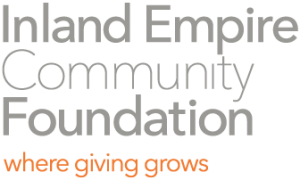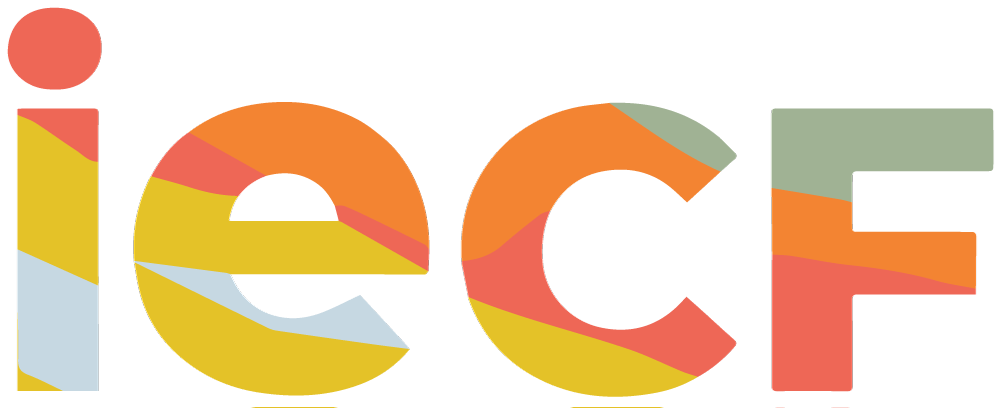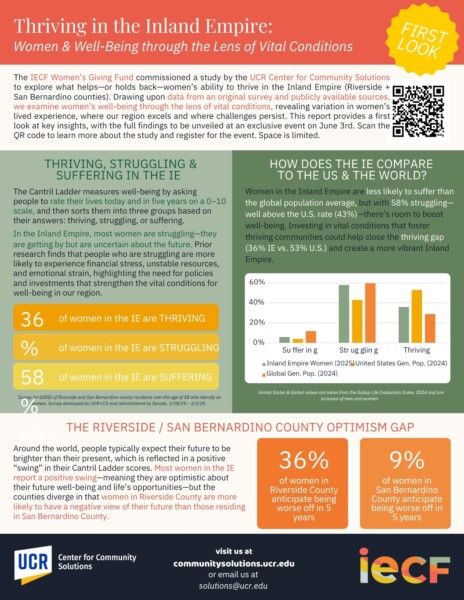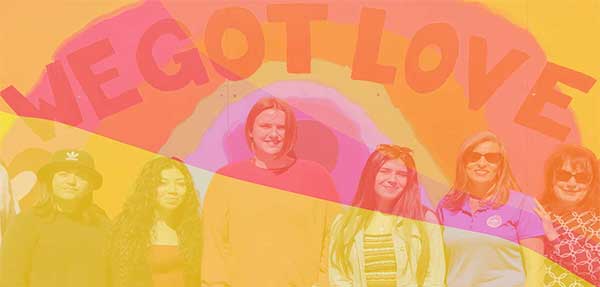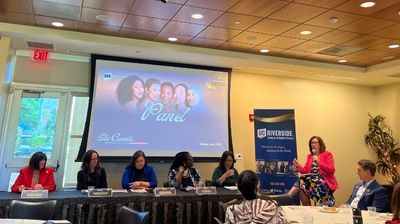 At IECF, one of the most important things we do is listen. Earlier this month, we had the chance to do just that at She Counts: A Data-Driven Conversation about IE Women’s Well-Being, hosted by UC Riverside’s School of Public Policy and the Center for Community Solutions.
At IECF, one of the most important things we do is listen. Earlier this month, we had the chance to do just that at She Counts: A Data-Driven Conversation about IE Women’s Well-Being, hosted by UC Riverside’s School of Public Policy and the Center for Community Solutions.
At the June 3 event, community members, nonprofit leaders, researchers, and students came together to hear the results of a recent report, “Thriving in the Inland Empire: Women & Well-being through the Lens of Vital Conditions,” and reflect on what those findings mean for women across the region.
Michelle Decker, IECF’s President & CEO, moderated a panel discussion that included voices from across sectors, each bringing their perspective to the data. They talked about where women are feeling supported, where gaps remain, and what it will take to build stronger systems of opportunity in the Inland Empire.
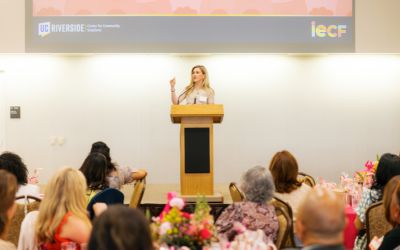
Justine Ross, Executive Director, UCR Center for Community Solutions, presented report findings at the IECF 2025 Women’s Giving Fund Spring Fling.
The research behind the event was supported by our Women’s Giving Fund. A thousand women across Riverside and San Bernardino counties shared what life feels like right now. They answered questions about health, housing, work, community, and more. The survey questions followed the Vital Conditions for Health and Well-Being, which we rely on in our own work to understand where opportunity exists and where it falls short.
How Are Women Doing?
Using a tool called the Cantril Ladder, women were asked to rate their current lives and their outlook for the future.
- 36 percent said they are thriving
- 58 percent said they are struggling
- 6 percent said they are suffering
These numbers show a high level of uncertainty. In Riverside County, responses showed less optimism about the future than in San Bernardino County.
Income had the strongest link to well-being. Women with higher incomes were more likely to report a positive outlook. Education mattered most when it was paired with financial stability. Having a degree without stable income did not lead to the same level of well-being.
What the Vital Conditions Tell Us
The survey included a series of statements tied to the Vital Conditions. Responses varied depending on whether women said they were thriving, struggling, or suffering. A few key themes stood out.
Health and Safety
Many women said they delay medical care because of cost. This pattern showed up most among those who reported lower well-being. Health access is still out of reach for many.
Work and Wealth
The gender pay gap remains wide in the region. For every dollar a white man earns:
- Native American women earn 36 cents
- Latinas earn 42 cents
- Black women earn 55 cents
- White women earn 71 cents
- Asian women earn 90 cents
Many women also said that after they pay rent or a mortgage, there isn’t much left over for anything else.WGF IECF_2025_IE Women Two Pager
Housing
Affordable, stable housing is still out of reach for too many. That’s a stress point that affects everything else—from mental health to physical health to long-term opportunity. Women who were not thriving were far less likely to say they had enough money for necessities after rent or mortgage payments.
Learning and Growth
A number of women said they would like to learn new skills or explore career growth, but don’t have affordable options nearby. This is especially true in communities with fewer resources.
Community and Civic Voice
Women across all well-being levels said they are involved in their communities. They vote, participate, and stay informed. But not all feel heard or represented by local decision-makers. That gap matters, and it’s something we can address by opening more space for community voice in decisions that affect all of us.
Environment and Transportation
Most women said the natural environment near their homes improves their quality of life. Access to safe and reliable transportation was reported as generally positive, which is good news we can build on.
Where We Go from Here
These results give us a clearer picture of what women in the Inland Empire are experiencing. We will use these insights to inform our grantmaking, deepen our partnerships, and support the organizations that are working every day to improve these conditions.
The Women’s Giving Fund helped make the research in She Counts possible. We’re grateful for everyone who participated in the survey and to those who continue to bring their voices and leadership to this region. When we take time to listen, we find clarity and direction for creating a path forward.
Download the ReportTo learn more or get involved, visit www.iegives.org/womensgivingfund
Stay up-to-date on all the good work we’re doing through the power of philanthropy. Sign up for our free monthly eNewsletter, Philanthropy Matters.
MAILING LIST
